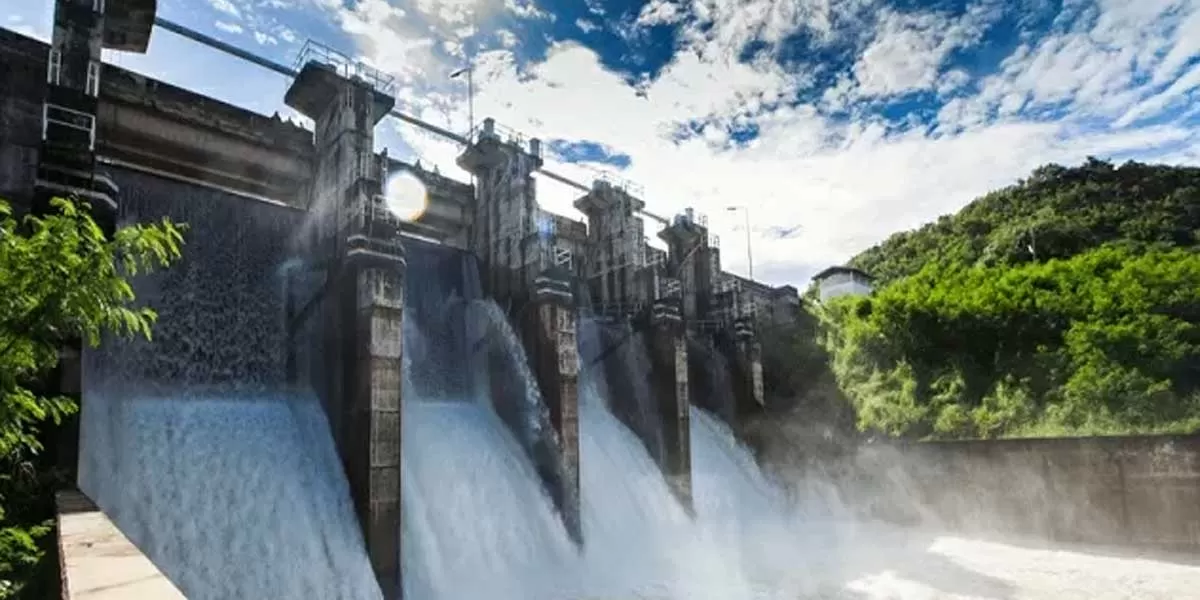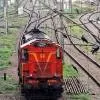
Global hydropower hits 1,412 GW in 2023, investment still lagging

bauma Conexpo 2024 is the largest edition, with 1,000 exhibitors
India's construction equipment industry is experiencing significant growth, fueled by rapid infrastructure development, expanding mining activities, and increasing urbanisation. bauma Conexpo India will bring together leaders, global players and decision-makers from the international trade fair for construction machinery, building material machines, mining machines and construction vehicles under one roof. The exhibition will host its biannual event at the India Expo Centre, Greater Noida from 11 to 14 December 2024.In 2023, the exhibition attracted 41,108 participants as well as 601 exh..

Mamnoor Airport to Join Global Aviation Network
The Mamnoor airport in Warangal is gearing up for a transformational milestone that will integrate it into the global aviation network. Once operational, the airport will be capable of accommodating international aircraft such as the Airbus A320 and Boeing B737, widely used by airlines like Air India, Akasa Air, IndiGo, and SpiceJet. The upgrades include a new runway, signal tower, security systems, and other critical infrastructure aligned with DGCA technical and safety standards under the Aircraft Act. Initially, the airport will cater to domestic routes with 100-passenger capacity aircraft,..

UltraTech Cement's NCD Issuance, Profit Drop
UltraTech Cement Ltd. has approved issuing ?1,000 crore in unsecured redeemable non-convertible debentures (NCDs) through private placement. The NCDs, with a 10-year tenor and an interest rate of 7.22%, will mature on November 24, 2034, and be listed on the National Stock Exchange (NSE). The company’s financial performance in Q2 FY25 revealed a 36% drop in net profit to ?825 crore from ?1,280 crore in the corresponding period last year. Revenue stood at ?15,635 crore, marking a 2% decline year-on-year. Additionally, EBITDA fell by 21% to ?2,019 crore from ?2,550 crore in Q2 FY24, while the o..













